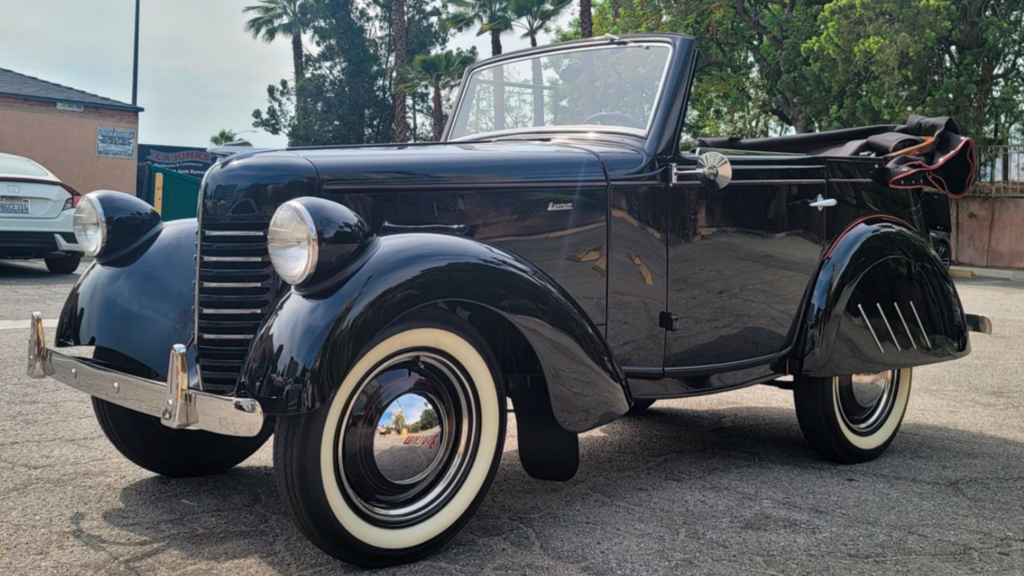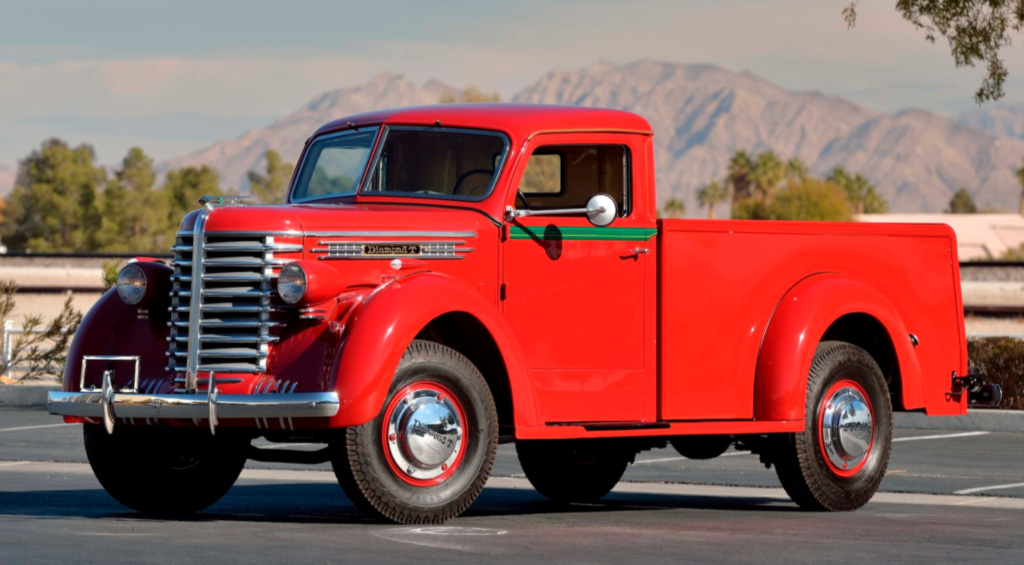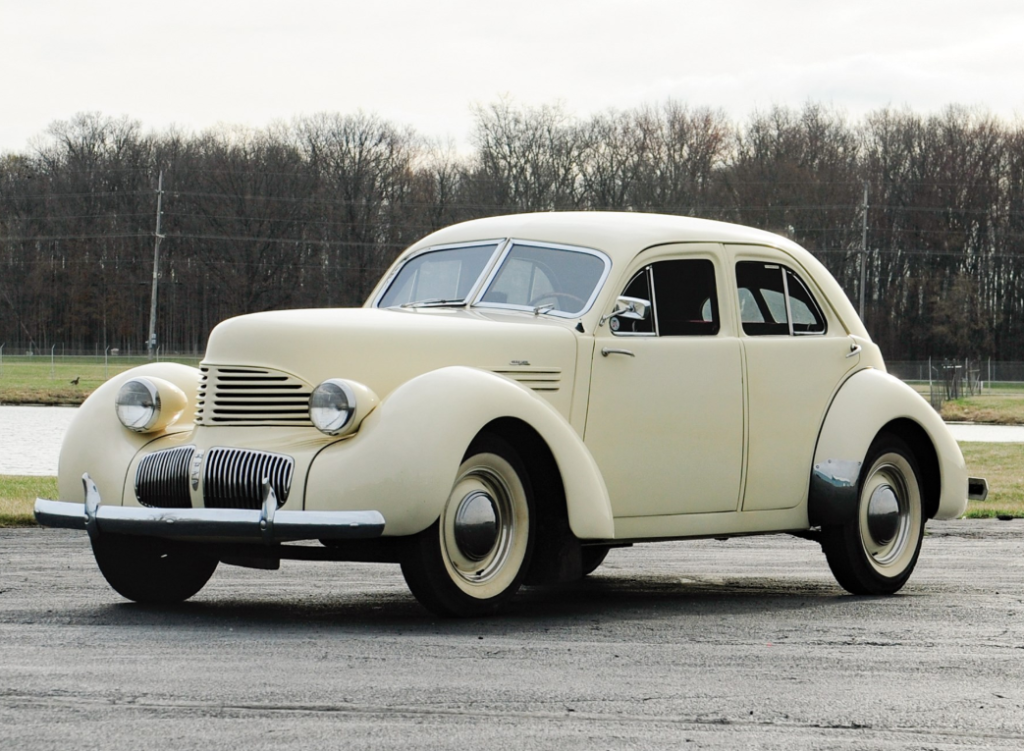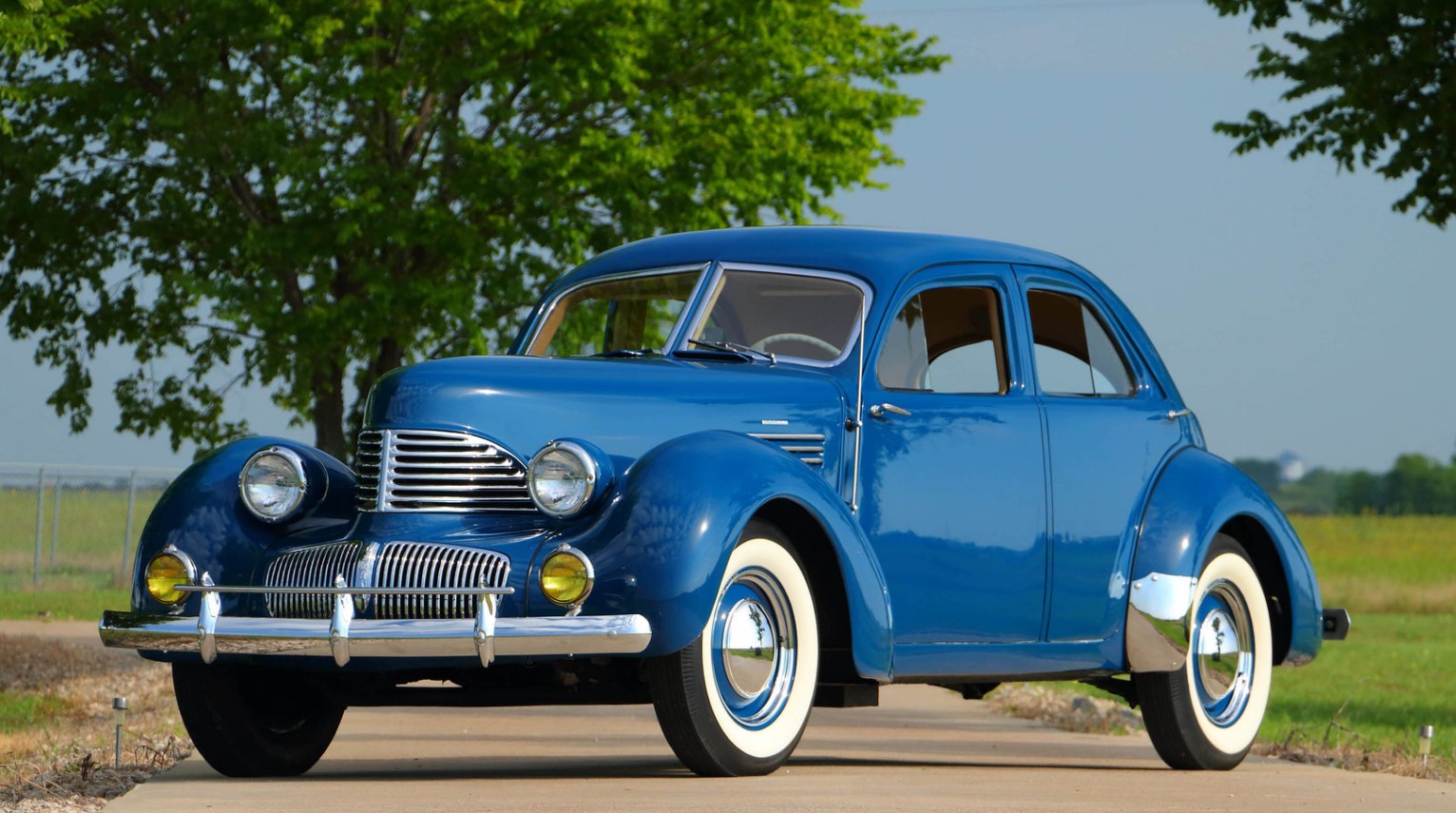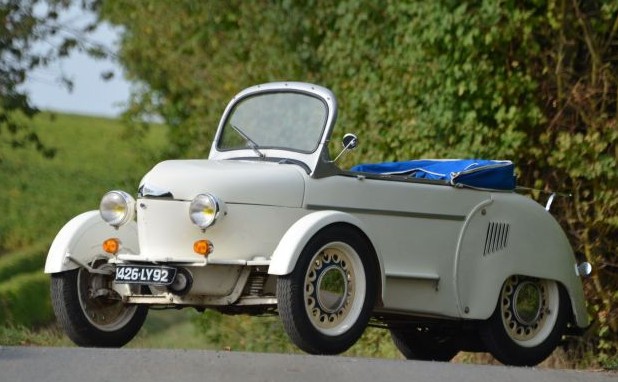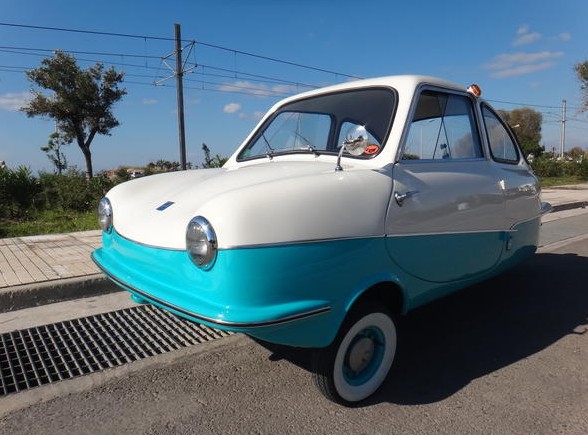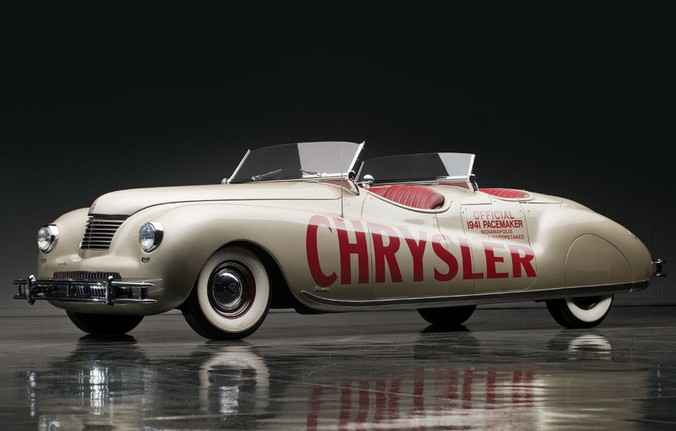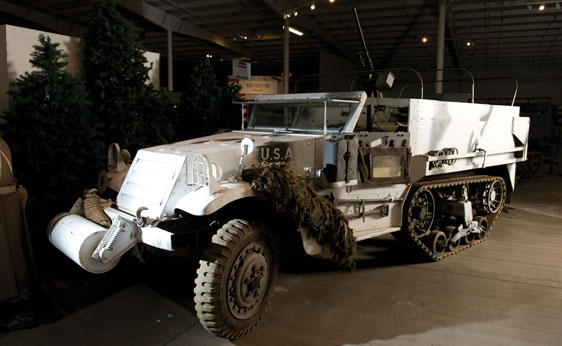Five Classic American Pickup Trucks (and one Canadian)
Offered by Mecum | Kissimmee, Florida | January 5-13, 2018
1939 Chevrolet Master Pickup

Photo – Mecum
The Chevrolet Master was produced between 1933 and 1942. After the war their model names would change, but the pickup truck had been part of their lineup for some time prior to that. Their pickups from this era shared the same basic design as their passenger cars as they were all offered as part of the same model line.
This truck is powered by Chevy’s 3.4-liter straight-six, likely producing 85 horsepower. The dark green shortbed example you see here was restored about 1,500 miles ago and it has a wooden bed. Click here for more info.
Update: Not sold, high bid of $30,000.
1939 Plymouth Model PT81 1/2 Ton Pickup
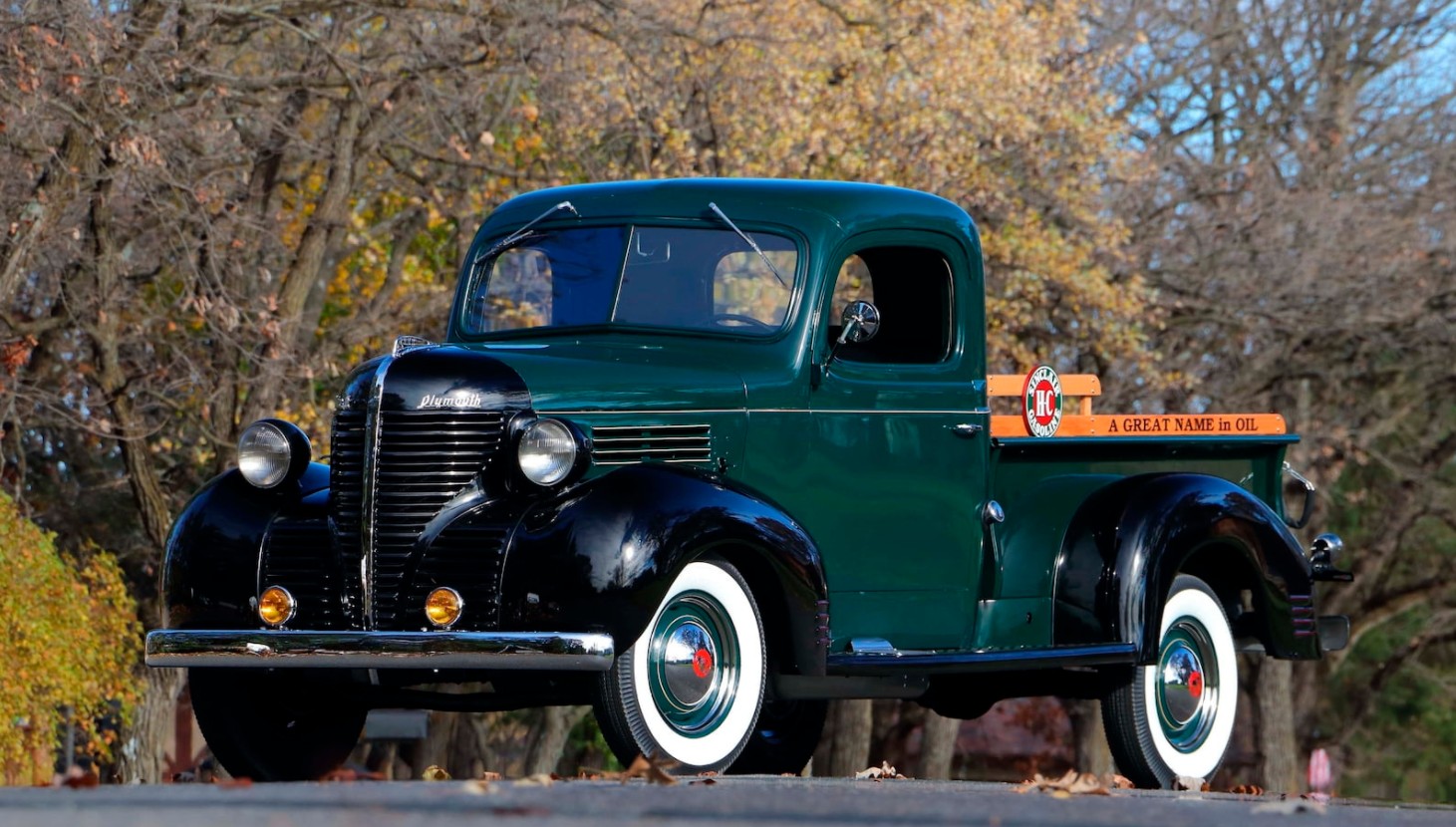
Photo – Mecum
Yes, Plymouth built pickup trucks (other than the Scamp and Arrow). Before WWII started, they built some beautiful pickups. They built the Model PT line of trucks between 1937 and 1941, with the 1939 model dubbed “PT81.”
This truck is powered by a 3.3-liter straight-six. It’s well optioned and wonderfully restored. PT Plymouth pickups aren’t that easy to come by and they’re some of the prettiest trucks you can get. You can see more about this one here.
Update: Sold $36,300.
1941 Ford 1/2 Ton Pickup
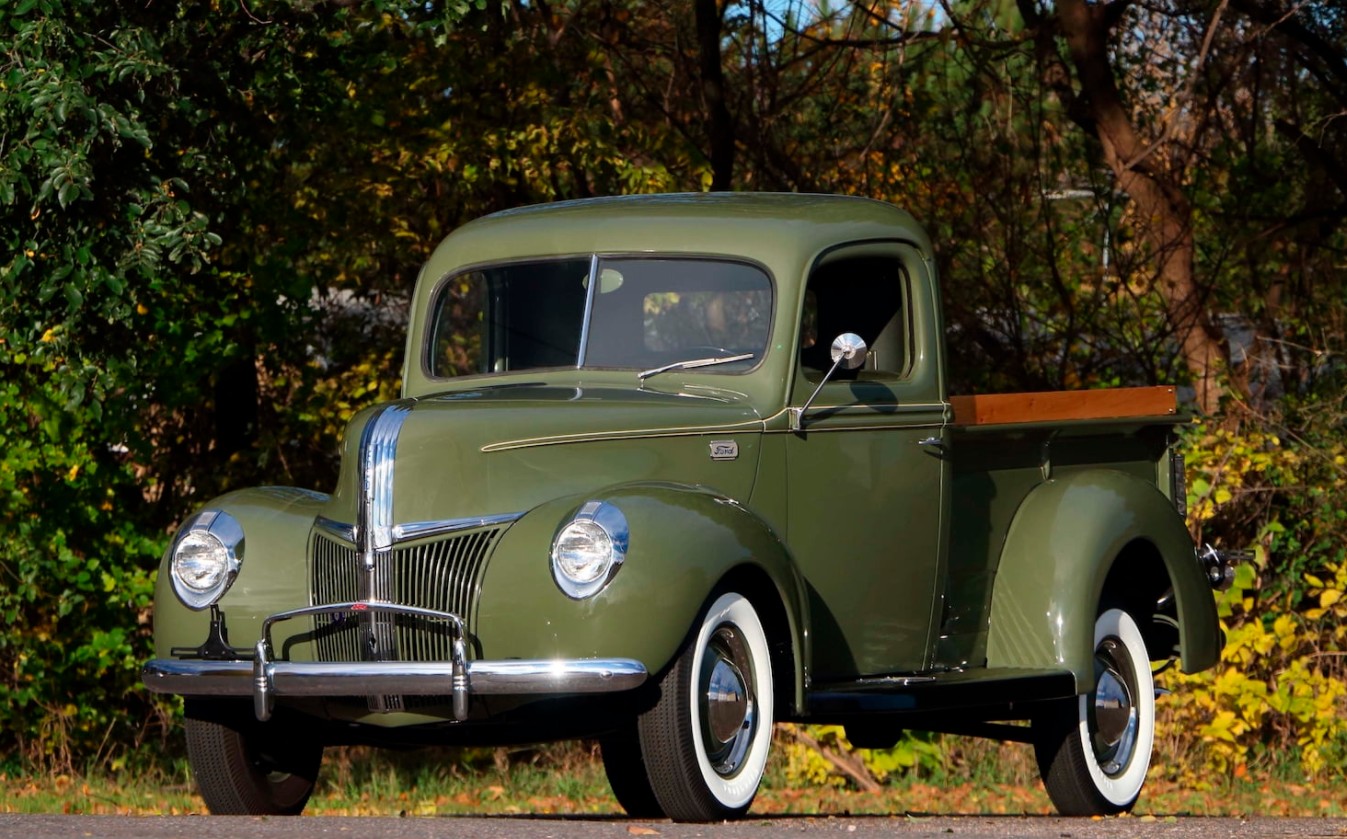
Photo – Mecum
Mecum finds some great old pickups for their sales. The 1941 Ford was introduced, obviously, in 1941 and was the same model they picked up after the war ended, producing it through 1948. But, their 1941 Pickup used the leftover styling from 1940. So this truck was part of the newer line of cars (with a new-for-’41 color, Lockhaven Green), but still looks like an older one.
The engine here is an 85 horsepower, 3.6-liter Flathead V-8. This example had a frame-off restoration that took it back to as-new condition… likely better-than-new. Ford pickups never go out of style, and this is a great one. Click here for more info.
Update: Not sold, high bid of $32,000.
Update: Sold, Mecum Indy 2018, $37,400.
1957 Dodge D100 Pickup

Photo – Mecum
The 1957 Dodge pickups are great-looking trucks, especially the ultra-rare D100 Sweptside. As discussed in that post, the D100 was actually part of the C Series of pickups that Dodge offered between 1954 and 1960. The D100 was the 1/2 ton model.
In 1957, the engine was either a six or eight and this truck has the 5.2-liter Red Ram V-8 making 204 horsepower. And it. Is. Clean. This is a great color scheme for a truck, very 1957. The 1950s offered some pretty pickups, and this is no exception. See more here.
Update: Sold $55,000.
1959 Mercury M100 Pickup
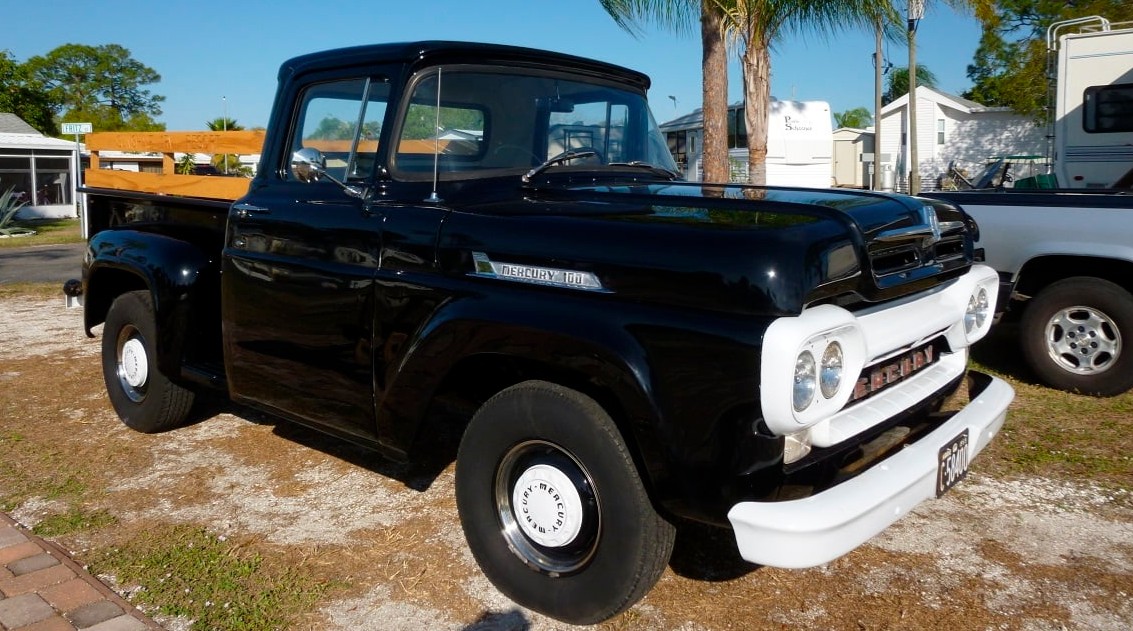
Photo – Mecum
Yes, even Mercury got in on the pickup game after WWII. The Mercury M-Series was offered between 1946 and 1968. Sold primarily in Canada, these trucks more or less mirrored Ford’s American offerings with slightly different exterior styling.
This third generation truck is the Canadian equivalent of the Ford F100, meaning it’s the 1/2 ton model. Two engines were offered in 1959, a 3.7-liter straight-six or a 4.8-liter V-8, and this truck is equipped with the former. It’s a step-side pickup that presents well enough. This is an interesting truck and a rarity in the U.S. Click here for more.
Update: Not sold, high bid of $16,000.
1972 International 1210 Pickup
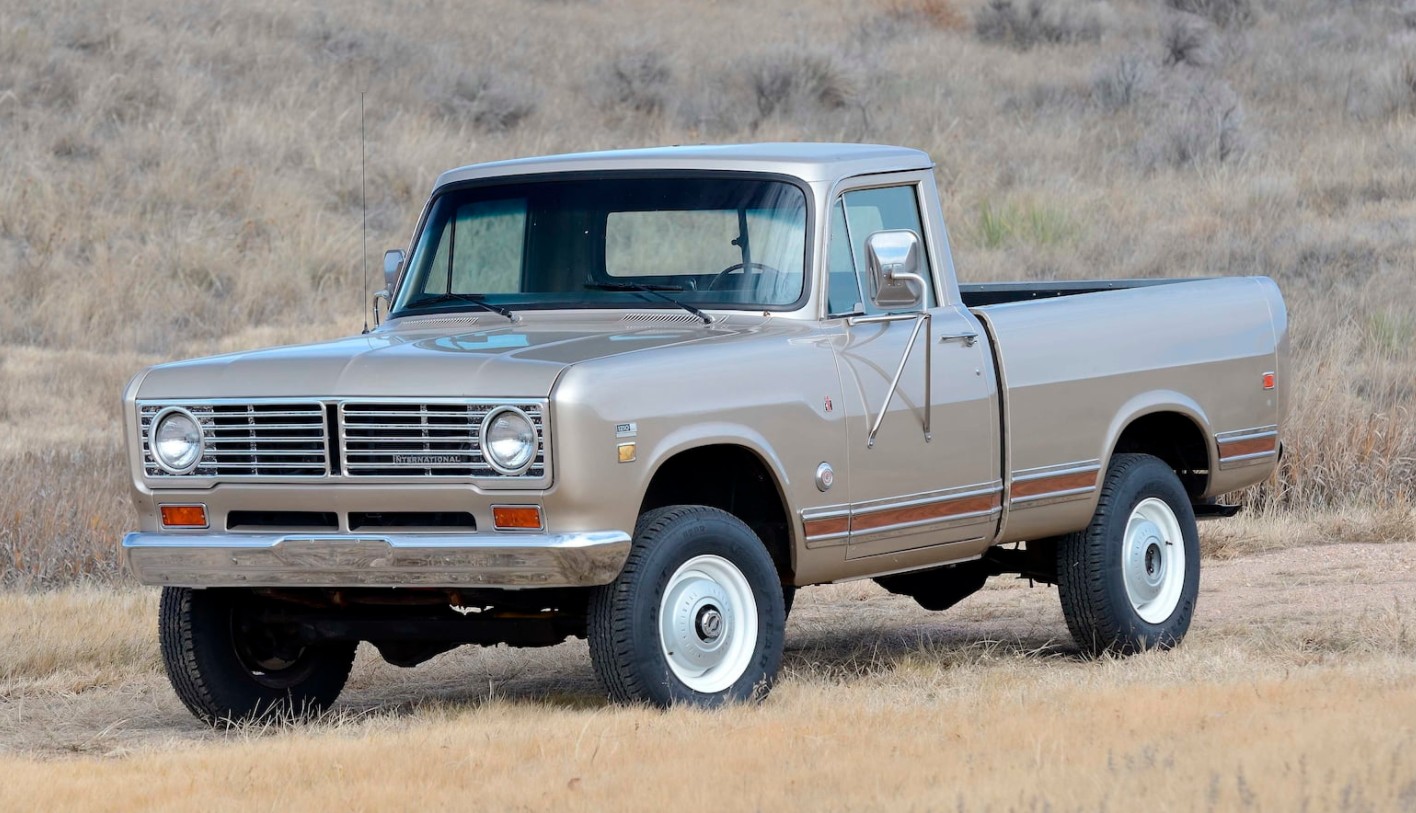
Photo – Mecum
International Harvester, now a company that builds tractors and semis, used to build passenger vehicles. The final examples rolled off the line in 1980, and those were SUVs. True pickup production ended in 1975 when they built their final example of the D-Series Light Line pickup rolled off the line. These trucks were built between 1969 and 1975.
This Model 1210 was the 3/4 ton model and it’s powered by a 6.4-liter V-8. It’s got 4-wheel drive and this example appears to be a survivor. International-branded pickups don’t get the credit they deserve in collector circles as everyone wants a Ford, Chevy or Dodge. These were the workhorse trucks. IHC would be doing good business today if they had remained in the market, but instead you’ll have to settle for a time capsule like this one. Click here for more info.
Update: Sold $26,400.
